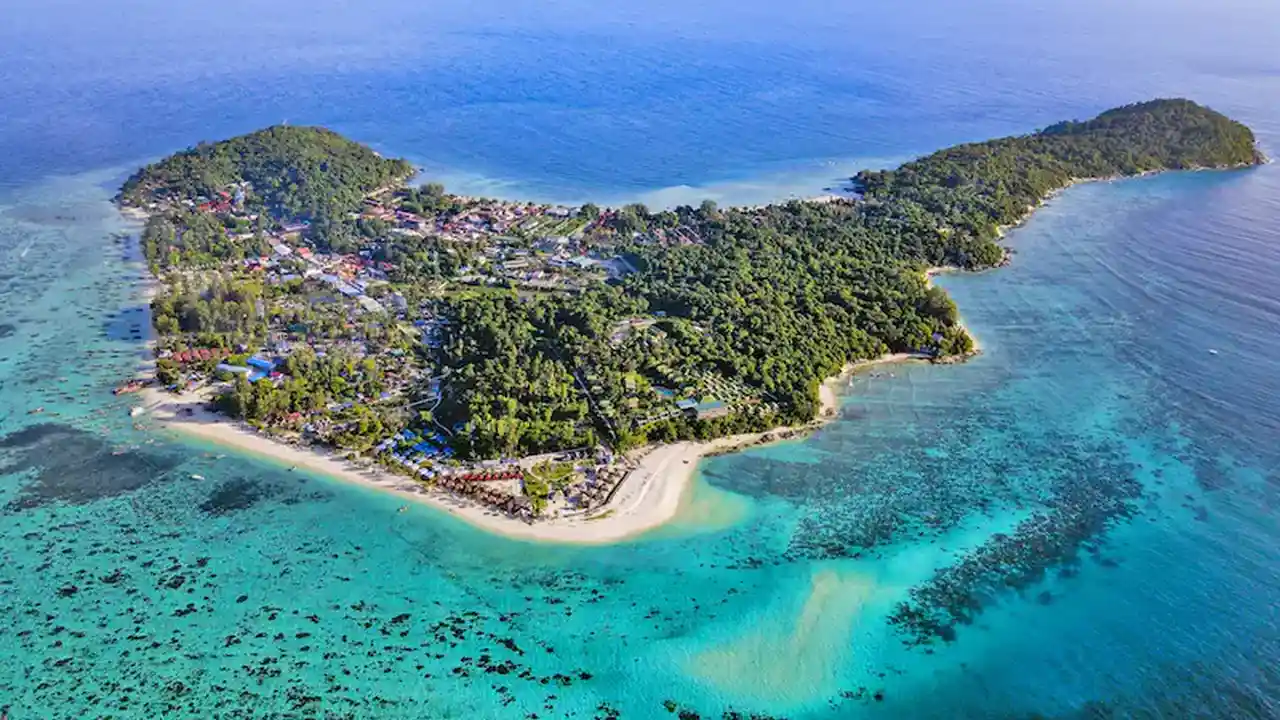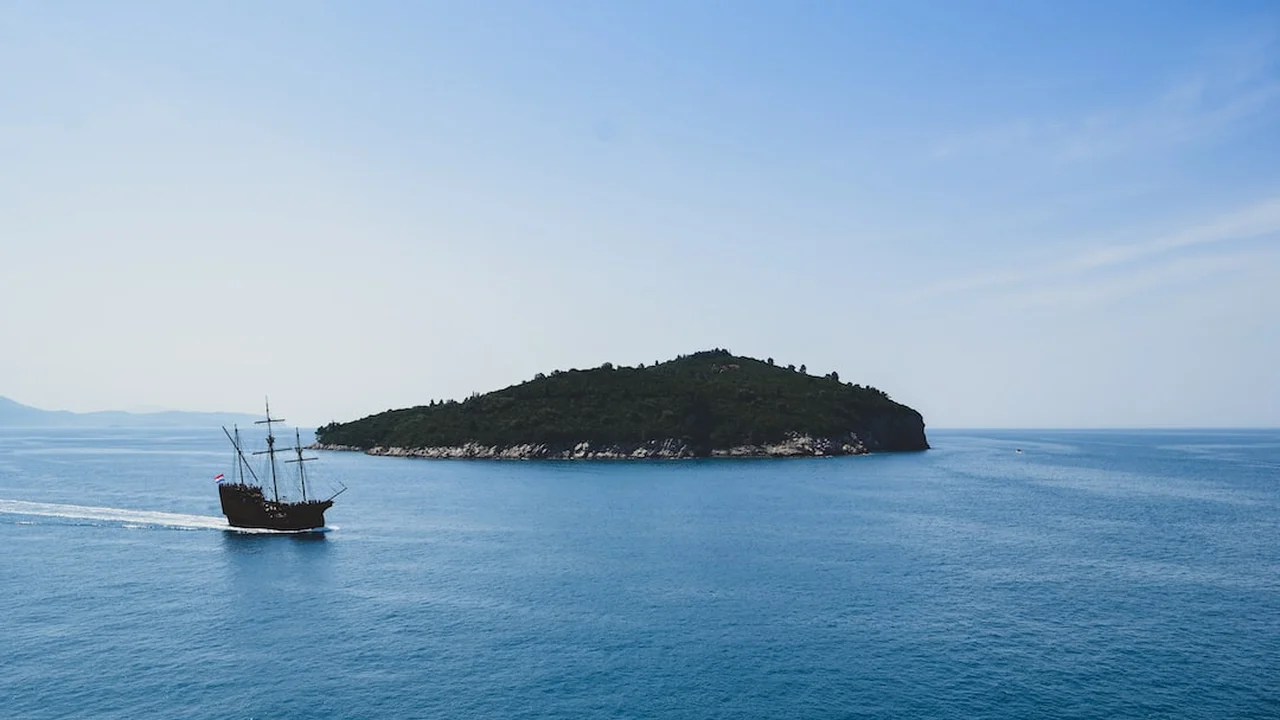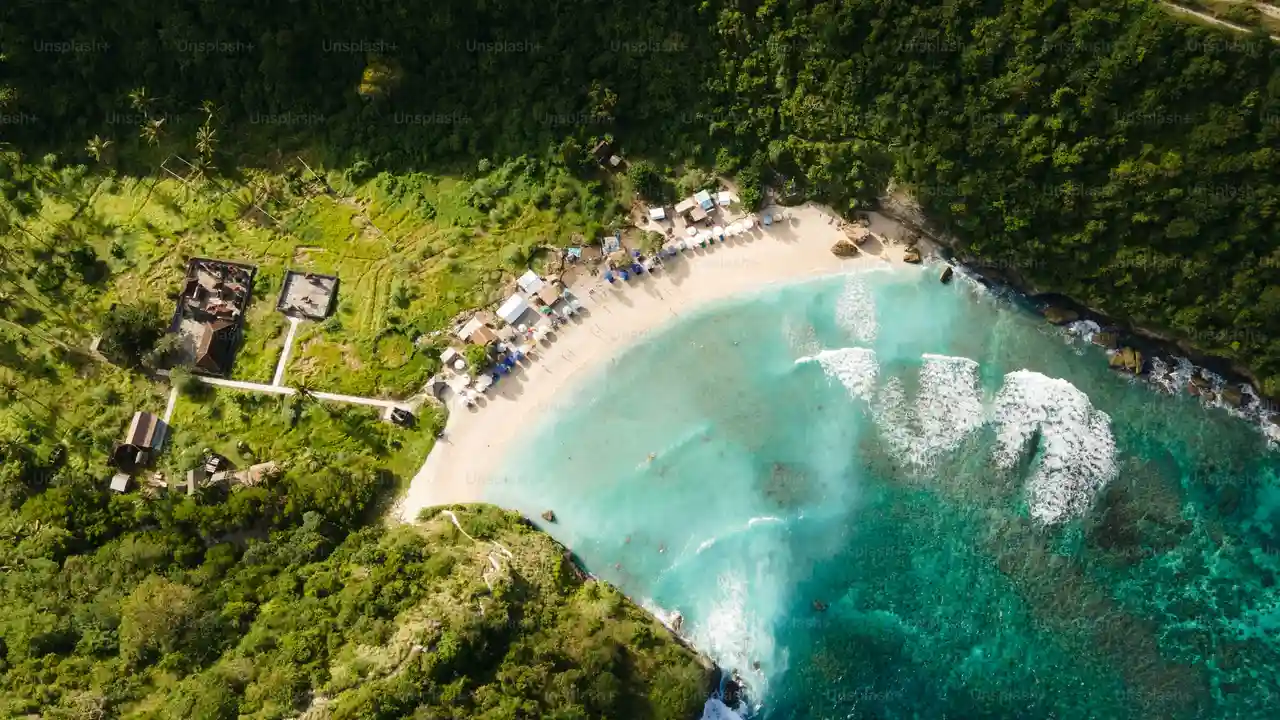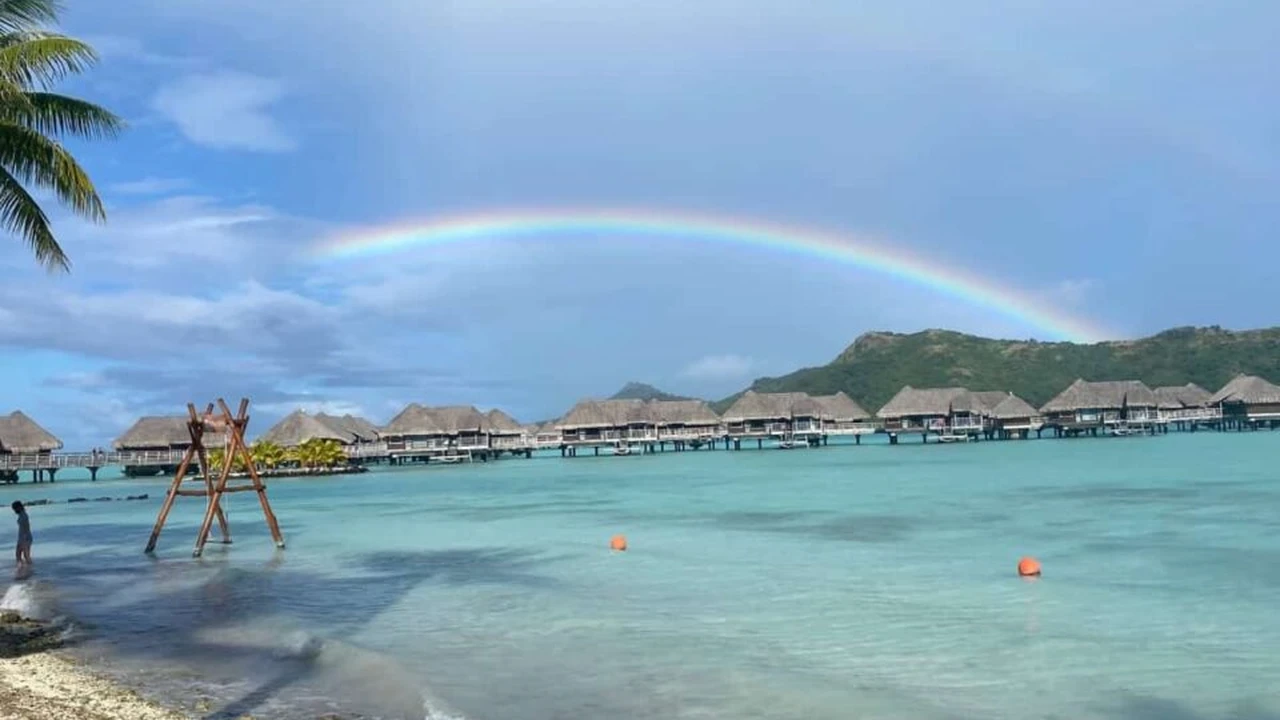Affordable Island Hopping_ Best Routes and Tips for Budget Travelers
Discover island animal encounters. Find the best places to see wildlife with kids and create unforgettable memories.
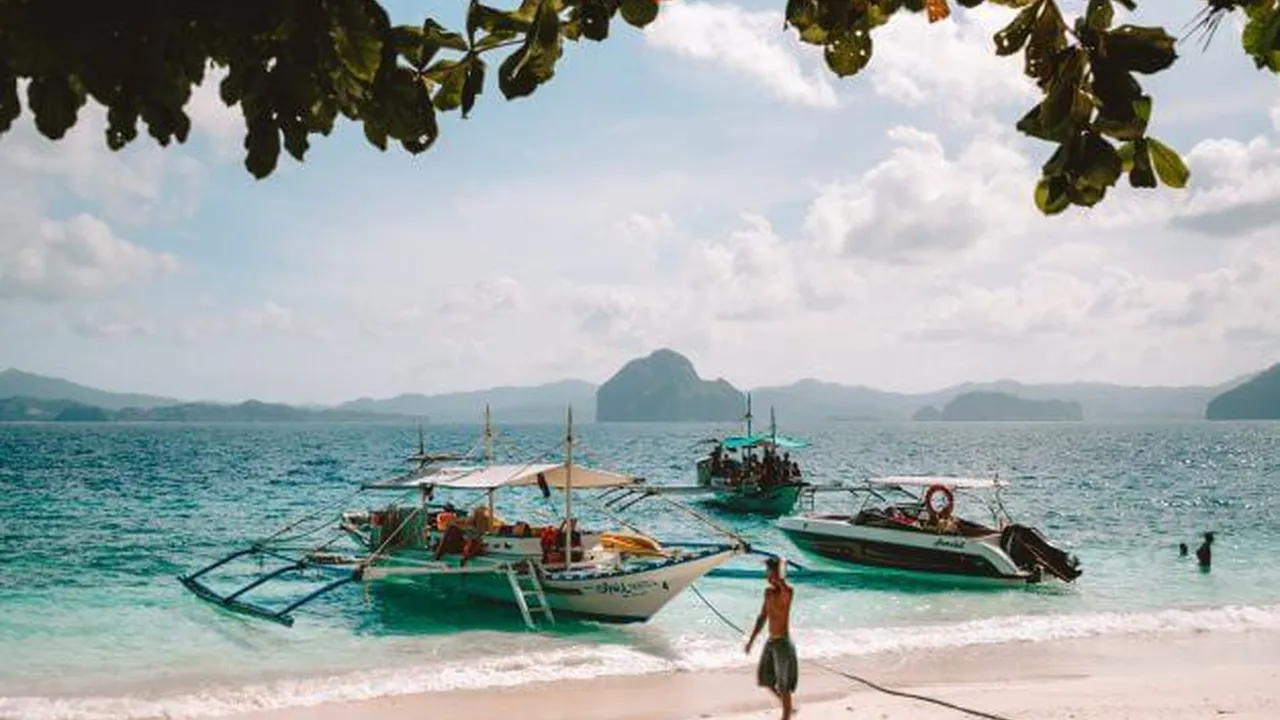
Introduction to Island Wildlife Adventures for Families
Planning a family island getaway? Beyond the beaches and sunshine, many islands offer incredible opportunities to encounter unique wildlife. From playful monkeys to majestic sea turtles, these animal encounters can create lasting memories for your kids. This guide explores some of the best island destinations for wildlife viewing, providing tips on where to go, what to expect, and how to make the most of your family adventure.
Top Island Destinations for Wildlife Encounters
Galapagos Islands Ecuador The Ultimate Wildlife Paradise
The Galapagos Islands are renowned for their unique and fearless wildlife. Here, you can swim with sea lions, observe giant tortoises, and marvel at blue-footed boobies. The islands' isolation has allowed species to evolve in remarkable ways, making it a truly unforgettable destination.
What to See: Marine iguanas, Galapagos penguins, giant tortoises, blue-footed boobies, sea lions.
Best Time to Visit: June to August (cooler, drier season) or December to January (warm, wet season).
Recommended Tours: Many family-friendly cruises and land-based tours are available. Look for options that cater to children's interests and provide educational experiences.
Family-Friendly Activities: Snorkeling with sea lions, visiting the Charles Darwin Research Station, hiking to see giant tortoises.
Costa Rica A Biodiversity Hotspot for Families
Costa Rica is a haven for wildlife lovers, with lush rainforests and diverse ecosystems. You can spot monkeys, sloths, toucans, and colorful frogs in their natural habitat. The country's commitment to ecotourism makes it a responsible choice for family travel.
What to See: Monkeys (howler, white-faced capuchin, spider), sloths, toucans, scarlet macaws, tree frogs.
Best Time to Visit: December to April (dry season).
Recommended Locations: Manuel Antonio National Park, Monteverde Cloud Forest, Tortuguero National Park.
Family-Friendly Activities: Ziplining through the rainforest, guided nature walks, visiting a sloth sanctuary.
Borneo Malaysia/Indonesia Orangutans and Rainforest Wonders
Borneo is one of the few places in the world where you can see orangutans in the wild. This island also boasts diverse rainforests teeming with other fascinating creatures, such as proboscis monkeys and pygmy elephants.
What to See: Orangutans, proboscis monkeys, pygmy elephants, sun bears, rhinoceros hornbills.
Best Time to Visit: March to September (dry season).
Recommended Locations: Sepilok Orangutan Rehabilitation Centre (Sabah, Malaysia), Kinabatangan River (Sabah, Malaysia), Tanjung Puting National Park (Kalimantan, Indonesia).
Family-Friendly Activities: Orangutan viewing platforms, river cruises, jungle treks.
Madagascar Lemurs and Unique Wildlife
Madagascar is home to a remarkable array of endemic species, including lemurs, chameleons, and colorful birds. The island's unique biodiversity makes it a must-visit destination for wildlife enthusiasts.
What to See: Lemurs (various species including ring-tailed, sifaka, and indri), chameleons, geckos, tenrecs.
Best Time to Visit: April to October (dry season).
Recommended Locations: Andasibe-Mantadia National Park, Ranomafana National Park, Isalo National Park.
Family-Friendly Activities: Lemur trekking, night walks, visiting a chameleon farm.
Sri Lanka Elephants, Leopards, and Whale Watching
Sri Lanka offers a diverse range of wildlife experiences, from elephant safaris to whale watching tours. You can also spot leopards, sloth bears, and a variety of bird species.
What to See: Elephants, leopards, blue whales, sloth bears, various bird species.
Best Time to Visit: December to March (for the west and south coasts), April to September (for the east coast).
Recommended Locations: Yala National Park, Udawalawe National Park, Mirissa (for whale watching).
Family-Friendly Activities: Elephant safaris, whale watching tours, visiting the Pinnawala Elephant Orphanage.
Essential Gear and Products for Island Wildlife Encounters
Binoculars for Optimal Wildlife Viewing
A good pair of binoculars is essential for getting a closer look at wildlife, especially birds and animals that are far away. Consider models designed for kids, which are often lighter and easier to handle.
Product Recommendation:
Nikon 8x21 Travelite Binoculars.
Usage Scenario: Ideal for birdwatching and observing distant wildlife during hikes or safaris.
Comparison: Compact and lightweight, making them easy for kids to carry. Offer good image quality for the price.
Price: Around $100.
Product Recommendation:
Bushnell Falcon 7x35 Binoculars.
Usage Scenario: Versatile binoculars suitable for general wildlife viewing.
Comparison: Wider field of view, making it easier to spot moving animals. More durable construction.
Price: Around $50.
Insect Repellent Protection Against Bites
Insects can be a nuisance in many island environments, so it's important to protect yourself and your family with a reliable insect repellent. Choose a product that is safe for kids and effective against mosquitoes, ticks, and other biting insects.
Product Recommendation:
Sawyer Products Picaridin Insect Repellent.
Usage Scenario: Apply to skin and clothing for protection against mosquitoes, ticks, and biting flies.
Comparison: Picaridin is a DEET alternative that is effective and less irritating to the skin.
Price: Around $10 per bottle.
Product Recommendation:
REI Co-op Bug Repellent Lotion.
Usage Scenario: Apply to skin for protection against insects.
Comparison: DEET based, very effective in high bug areas.
Price: Around $8 per bottle.
Sunscreen Protecting Your Skin from the Sun
The tropical sun can be intense, so sunscreen is a must for protecting your skin from harmful UV rays. Choose a broad-spectrum sunscreen with an SPF of 30 or higher, and reapply it frequently, especially after swimming.
Product Recommendation:
Thinksport Kids Safe Sunscreen SPF 50+.
Usage Scenario: Apply liberally to skin before sun exposure.
Comparison: Mineral-based sunscreen that is safe for kids and the environment. Water-resistant.
Price: Around $20 per tube.
Product Recommendation:
Neutrogena Ultra Sheer Dry-Touch Sunscreen SPF 55.
Usage Scenario: Apply liberally to skin before sun exposure.
Comparison: Chemical sunscreen that is lightweight and non-greasy. Water-resistant.
Price: Around $12 per tube.
Comfortable Hiking Shoes for Exploring
If you plan on doing any hiking or walking, comfortable and supportive shoes are essential. Choose shoes that are appropriate for the terrain and provide good traction.
Product Recommendation:
Merrell Moab 2 Vent Hiking Shoes.
Usage Scenario: Hiking on trails and uneven terrain.
Comparison: Durable and comfortable hiking shoes with good traction. Available in kids' sizes.
Price: Around $100 per pair.
Product Recommendation:
Teva Hurricane XLT2 Sandals.
Usage Scenario: Water activities and light hiking.
Comparison: Versatile sandals that are comfortable and water-resistant. Good for both wet and dry conditions.
Price: Around $70 per pair.
Camera for Capturing Memories
Don't forget to bring a camera to capture all the amazing wildlife encounters you'll have. Consider a waterproof camera or a camera with a waterproof case if you plan on doing any water activities.
Product Recommendation:
GoPro HERO9 Black.
Usage Scenario: Capturing photos and videos during water activities and adventurous excursions.
Comparison: Waterproof and durable action camera with excellent image quality.
Price: Around $350.
Product Recommendation:
Olympus TG-6 Waterproof Camera.
Usage Scenario: Capturing photos and videos underwater and in challenging conditions.
Comparison: Rugged and waterproof camera with a good zoom lens.
Price: Around $450.
Tips for Responsible Wildlife Viewing
- Maintain a safe distance: Avoid approaching or feeding animals, as this can disrupt their natural behavior.
- Respect their habitat: Stay on marked trails and avoid disturbing vegetation or wildlife.
- Follow local guidelines: Adhere to any rules or regulations set by park authorities or tour operators.
- Choose sustainable tour operators: Support companies that prioritize conservation and responsible tourism practices.
- Leave no trace: Pack out all trash and avoid leaving any impact on the environment.
Making the Most of Your Island Wildlife Adventure
Island wildlife encounters offer a unique and enriching experience for families. By choosing the right destination, packing the essential gear, and following responsible viewing practices, you can create lasting memories while protecting the natural world. So pack your bags, grab your binoculars, and get ready for an unforgettable adventure!
:max_bytes(150000):strip_icc()/277019-baked-pork-chops-with-cream-of-mushroom-soup-DDMFS-beauty-4x3-BG-7505-5762b731cf30447d9cbbbbbf387beafa.jpg)



